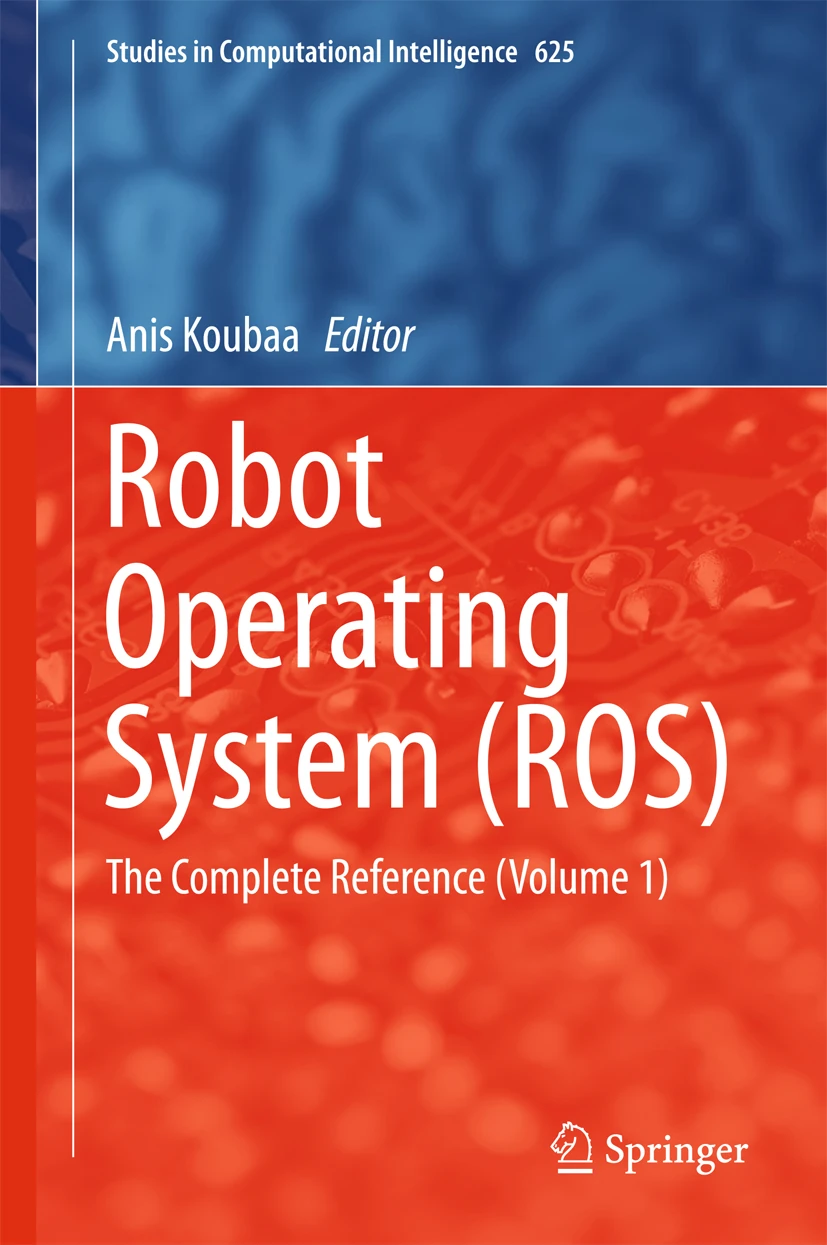Experience
Robots are increasingly becoming a vital component in a number of industries. Robots can complete more complex tasks at an impressive rate. This session discusses the anticipated future direction of and future fields of robotics application. Learn how to identify if robotics is the right solution for you, and hear about some upcoming opportunities and challenges in autonomous robotics.
I am honored to participate in the third Self-Driven Women event. I talk with Shilpa Gulati, and Congcong Li about some of the toughest and most interesting problems in ML and robotics and how it enables us to build a scalable driving autonomous driving tech stack. We also discuss their respective career journeys and answer live questions from the virtual audience.
I spoke at ROSWorld 2021 talking about my experience developing with VS Code, Docker, and ROS2.
Learn how to quick-start your ROS2 development with VSCode and Docker. In this talk I’ll share the tips, tricks, and hacks that I use to develop ROS2 projects.
This talk was based on my article covering how I use VSCode, Docker, and ROS2 together to create the ultimate software development kit.
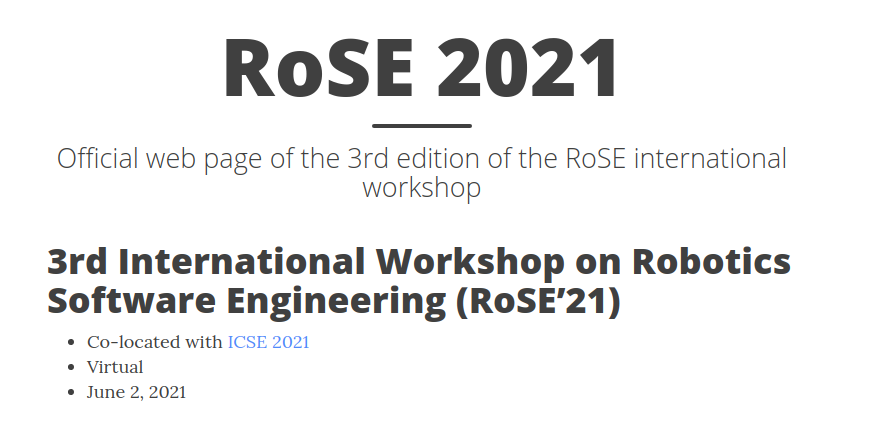
Best practices for Robotic Software Engineering Panelists:
- Robert Bocchino (NASA)
- Arne Nordmann (Bosch)
- Allison Thackston (Waymo)
- Andreas Angerer (XITASO)
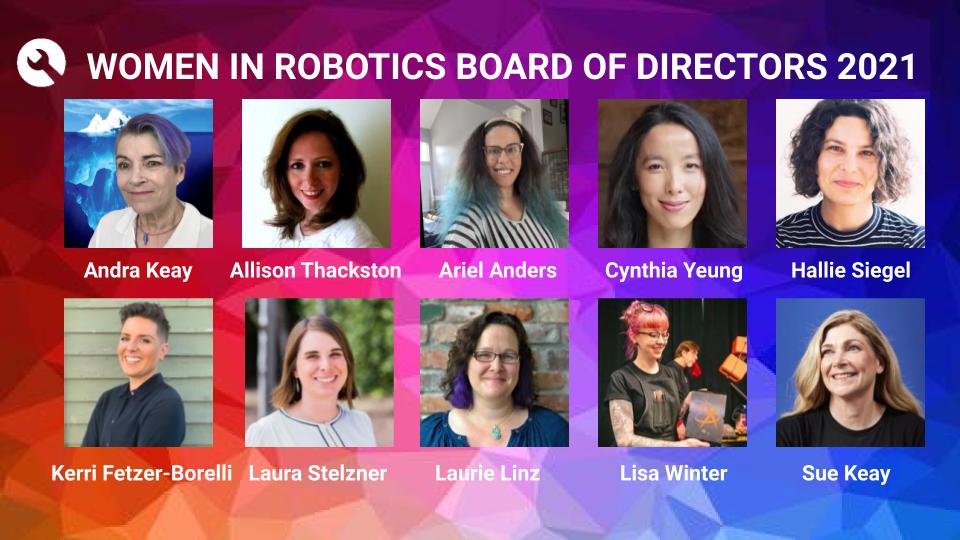
I am pleased to announce that I will be joining the Women in Robotics Board of Directors.
I was a panelist on Software Quality in ROSWorld 2020.

I was named one of the Women in Robotics You Should Know for 2020.
I’m honored to be on this list with such amazing Roboticists!
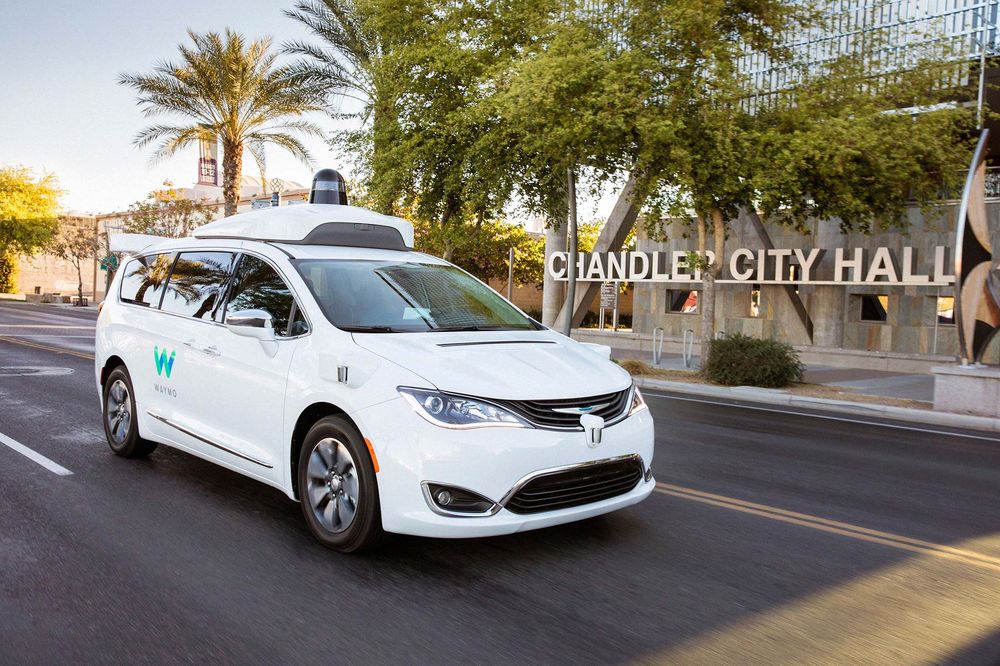
I’m joining Waymo!

I had such a great time as a Panelist at the Curiosity Conference! My panel was about the impact AI will have on education and what the future of education will look like in 20 years.
MIRACLE 2038: Co-Design An Empowering AI Future For All In 20 Years

I was featured in a post about International Women’s Day on Silicon Valley Robotics.
I’m glad to be a part of such an accomplished group of women!
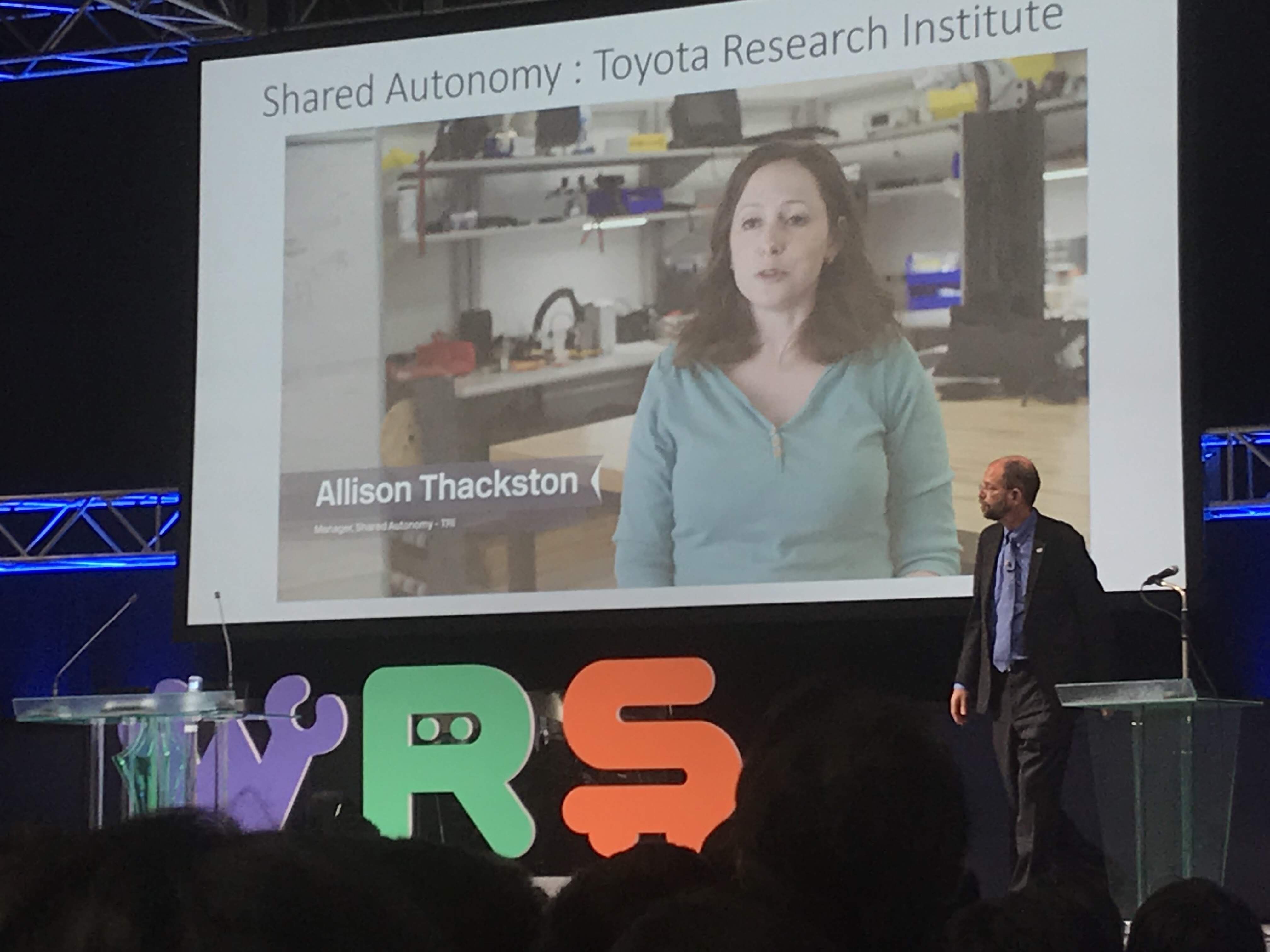
My team’s work on Shared Autonomy was presented at the World Robot Summit by our CEO.
Looking forward to making ROS2 the best robot middleware ever!
My role is to help direct the development of ROS2 in a way that provides the biggest benefit to the community. I’m particularly excited about the security of ROS2 and am actively promoting ROS2 native interfaces on the web.
For the majority of my career in robotics, I have been using ROS - the Robot Operating System. It has definitely made a huge impact on the research community, and I have been fortunate to be a part of it.
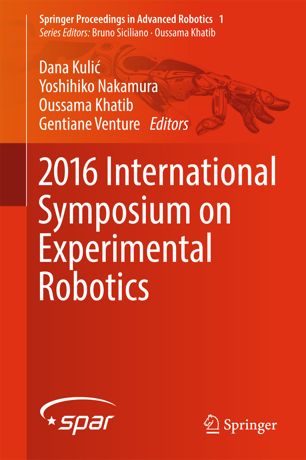
Conference Paper, 2016 International Symposium on Experimental Robotics
A System for Multi-step Mobile Manipulation: Architecture, Algorithms, and Experiments
Abstract Household manipulation presents a challenge to robots because it requires perceiving a variety of objects, planning multi-step motions, and recovering from failure. This paper presents practical techniques that improve performance in these areas by considering the complete system in the context of this specific domain. We validate these techniques on a table-clearing task that involves loading objects into a tray and transporting it. The results show that these techniques improve success rate and task completion time by incorporating expected real-world performance into the system design.
HSR was hard at work training for its big debut in the US. (Must be in the US to view.)
I announced Google’s Cartographer package at ROSCon!
My lab got to play around with Google Cartographer. It was really fun to make this video with everyone! You can see how well Cartographer deals with a dynamic scenario.
I’m excited to be the first person to use HSR in the US!
It was a lot of fun filming with One Direction. Check out Robonaut drinking tea pinky-out!
I was asked to be the keynote speaker of the second day of ROSCon. I’m so proud to have been a part of the team that put ROS in space!
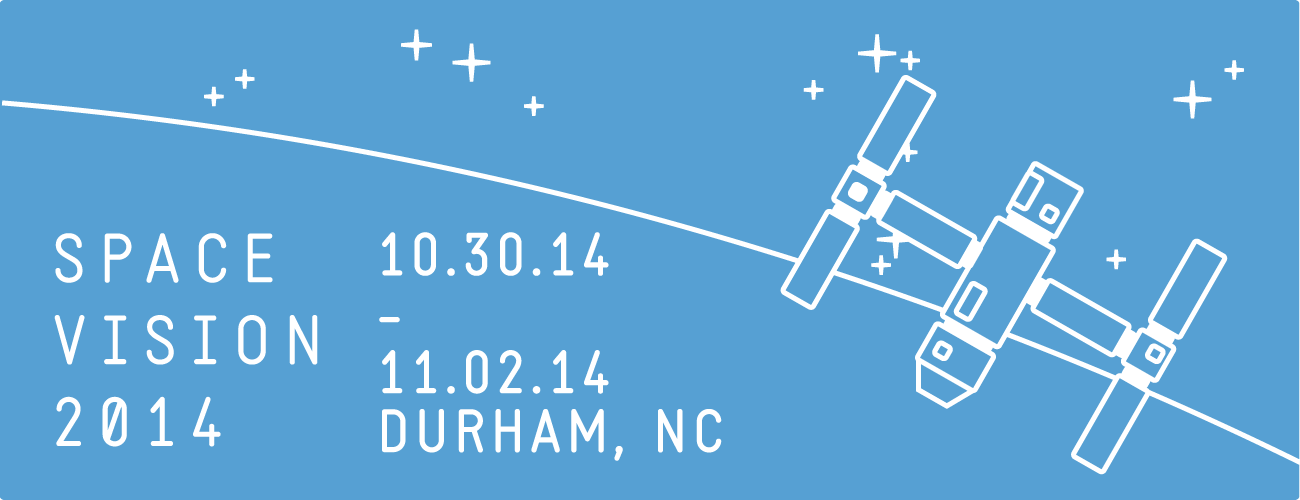
I was an invited speaker at SpaceVision, the annual national conference of Students for the Exploration and Development of Space.
Embarking on an exploration of the symbiotic relationship between humans and robots in the realm of space, the SpaceVision conference asked me to delve deep into the pivotal topic of “Relying on Robots: The Smart Choice for Dirty Jobs?”.
Features:
- Diagnostic Status of the state of the driver
- Automatic setting of StreamBytesPerSecond when multiple cameras connect
- NEW: Software trigger mode (when hardware triggering isn’t an option) This lets you request frames from multiple cameras allowing them to have the same timestamp for easier stereo processing.
- Automatic reconnection on driver failure
Paper published Jun 2014 i-SAIRAS Int. Symposium on AI, Robotics and Automation in Space
Abstract – Robonaut 2 (R2), an upper-body dexterous humanoid robot, has been undergoing experimental trials on board the International Space Station (ISS) for more than a year. R2 will be integrated with a mobility platform in 2014 an will be able to maneuver around the ISS. Allowing R2 to go mobile inside the ISS requires new developments on several fronts, necessitating mechanical, electrical, software, and safety system upgrades. The ISS has stringent safety requirements for systems that work with and around the human crew members, and a redundant safety monitoring system is required to satisfy these constraints. This system, for the most part, responds to a requirement that the robot can only impart a limited force on any structure, equipment, or crew members in the ISS. R2 satisfies this requirement using several different force monitoring systems. These and the other safety monitors and controllers will be discussed here.
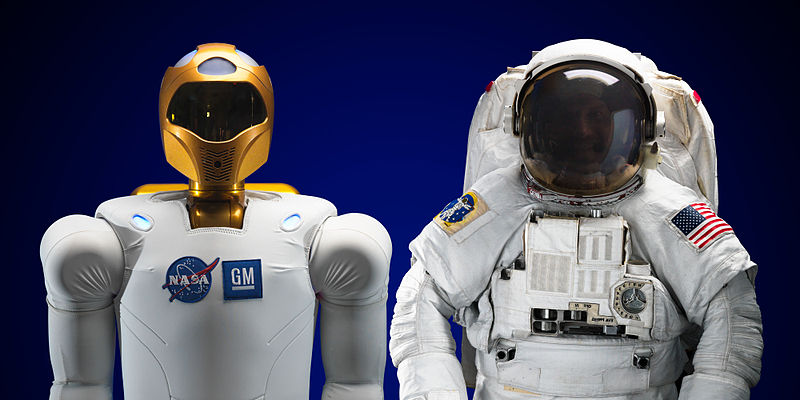
Robonaut was featured on ABC news!
Ever wondered what it’s like to work with a humanoid robot in space? In this clip, astronaut Cady Coleman gives an inside look at Roboanut, and how its changing the way astronauts work on the space station.
Check it out!
Paper published at IEEE Humanoids 2013, IEEE-RAS International Conference on Humanoid Robotics
Abstract—Robonaut 2 (R2), an upper-body dexterous humanoid robot, has been undergoing experimental trials on board the International Space Station (ISS) for more than a year. R2 will soon be upgraded with two climbing appendages, or legs, as well as a new integrated model-based control system. This control system satisfies two important requirements; first, that the robot can allow humans to enter its workspace during operation and second, that the robot can move its large inertia with enough precision to attach to handrails and seat track while climbing around the ISS. This is achieved by a novel control architecture that features a joint-level embedded impedance control law which is tightly interfaced with a kinematic and dynamic coordinated control system that resides on centralized processors. This paper presents the integrated control algorithm as well as several test results that illustrate R2’s safety features and performance.
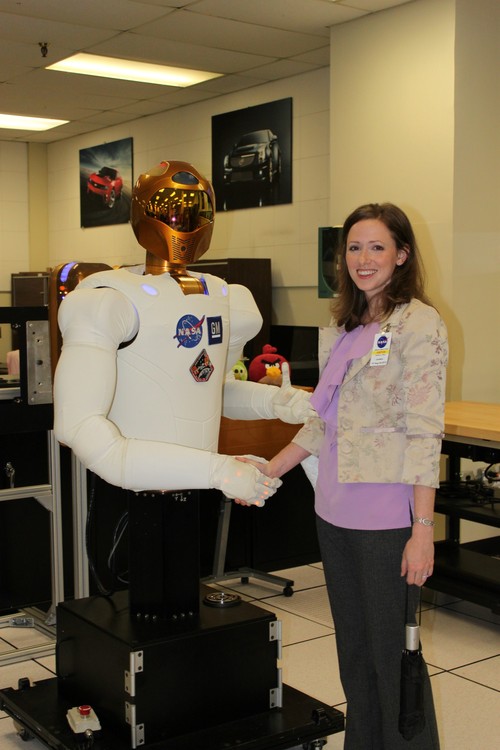
I joined the team behind NASA’s Robonaut project in December 2012. I’m excited to develop and implement cutting-edge robots that will revolutionize space exploration.
White paper published in the Military Sensor Symposium Parallel Conference 2012.
Spot detection with solar glint suppression is the ability to recognize a small, bright target in an image while suppressing false alarms caused by solar glint. This paper focuses on algorithm performance and gives an overview of possible applications, a discussion of algorithms and image processing techniques, a description of test data and data collections, and an analysis of algorithm results
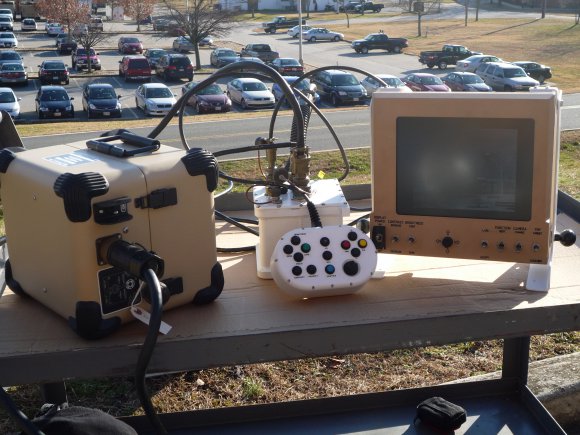
The CROWS ISR project focuses on repurposing the aging Common Remotely Operated Weapons Station (CROWS) sensor package, breathing new life into decommissioned military hardware. I helped update the sensor package with advanced software, making it suitable for cost-effective ground-based persistent surveillance systems. The improved software grants direct access to the camera and enables pan-and-tilt functionality, expanding its application to various mission areas. This pragmatic approach not only conserves resources but also highlights the adaptability of military technology for innovative and impactful uses.

